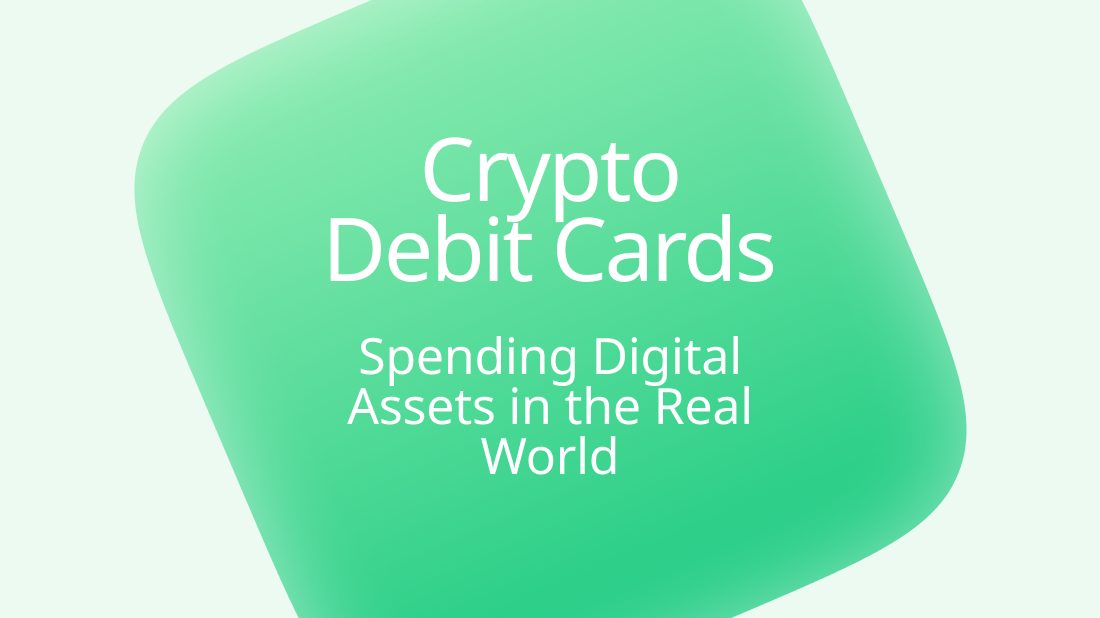The Future of Cross-Border Payments with Cryptocurrencies

In the dynamic realm of global finance, the intricacies of cross-border transactions have long been marked by challenges like high costs, delays, and a lack of transparency. However, the advent of cryptocurrencies has ignited a paradigm shift, promising streamlined and efficient cross-border payments. In this exploration, we'll dive into the potential of cryptocurrencies to reshape cross-border transactions, discuss notable cryptocurrencies for payments, explore crypto remittance, and highlight the role of blockchain in shaping the future of cross-border payments.
The Current Cross-Border Payment Landscape: Challenges and Opportunities
Traditional cross-border payments face hurdles such as high costs, extended processing times, and the inconvenience of currency exchange. These factors contribute to a lack of transparency and a less-than-optimal user experience.
Cryptocurrencies: A Solution to Cross-Border Payment Woes
Cryptocurrencies, such as Ripple's XRP and Stellar's XLM, offer a solution to these challenges. These digital assets enable near-instantaneous transactions, substantially reducing settlement times. By eliminating multiple intermediaries, cryptocurrencies also drastically lower transaction costs compared to traditional methods. Operating on a decentralized global network, they provide users with direct access to a borderless financial system, offering flexibility and convenience.
Best Cryptocurrencies for Cross-Border Payments:
|
Cryptocurrency |
Unique Features |
Use Cases |
|
Ripple (XRP) |
Designed for seamless and quick cross-border transactions |
Favored by financial institutions and payment service providers |
|
Stellar (XLM) |
Facilitates fast and low-cost international transactions |
Popular for cross-border payments and remittances |
|
Bitcoin (BTC) |
Widely accepted, serving as a store of value and means of transfer |
Used for cross-border transactions and as a global currency store |
|
Ethereum (ETH) |
Supports smart contracts, enabling programmable transactions |
Utilized for a variety of cross-border payment applications |
Crypto Remittance: Revolutionizing International Money Transfers
Cryptocurrency-based remittance services, designed for speed and efficiency, have emerged as game-changers in international money transfers. These services often come with lower fees, making them a cost-effective option for senders and receivers alike. Furthermore, they promote financial inclusion by extending services to the unbanked and underbanked populations.
Blockchain Technology: The Backbone of Cross-Border Payments
Blockchain, the underlying technology of many cryptocurrencies, serves as the backbone of cross-border payments. Its transparent and traceable ledger provides real-time visibility into transactions, addressing the opacity of traditional banking systems. The decentralized and cryptographic nature of blockchain ensures the security and integrity of cross-border transactions, mitigating the risk of fraud and unauthorized access. Smart contracts, executable code on a blockchain, add an additional layer of efficiency by automating contract terms.
Interesting Facts About Cryptocurrencies and Cross-Border Payments:
- The global remittance market exceeded $700 billion in 2021, highlighting the significant potential for disruption.
- The World Bank projects that leveraging blockchain technology could reduce remittance costs by up to 20%.
- Cryptocurrency use in cross-border transactions is expected to surge, with financial institutions exploring the integration of digital assets into their systems.
Conclusion: A Borderless Financial Future
The future of cross-border payments is undeniably tied to the transformative potential of cryptocurrencies. As these digital assets gain widespread acceptance, their ability to offer faster, more cost-effective, and transparent cross-border transactions becomes increasingly evident. Cryptocurrencies, empowered by blockchain technology, are poised to revolutionize the way we transfer value across borders, ushering in a new era of financial accessibility, efficiency, and inclusion. Embracing the potential of cryptocurrencies in cross-border payments not only addresses existing challenges but also paves the way for a truly borderless financial future.












